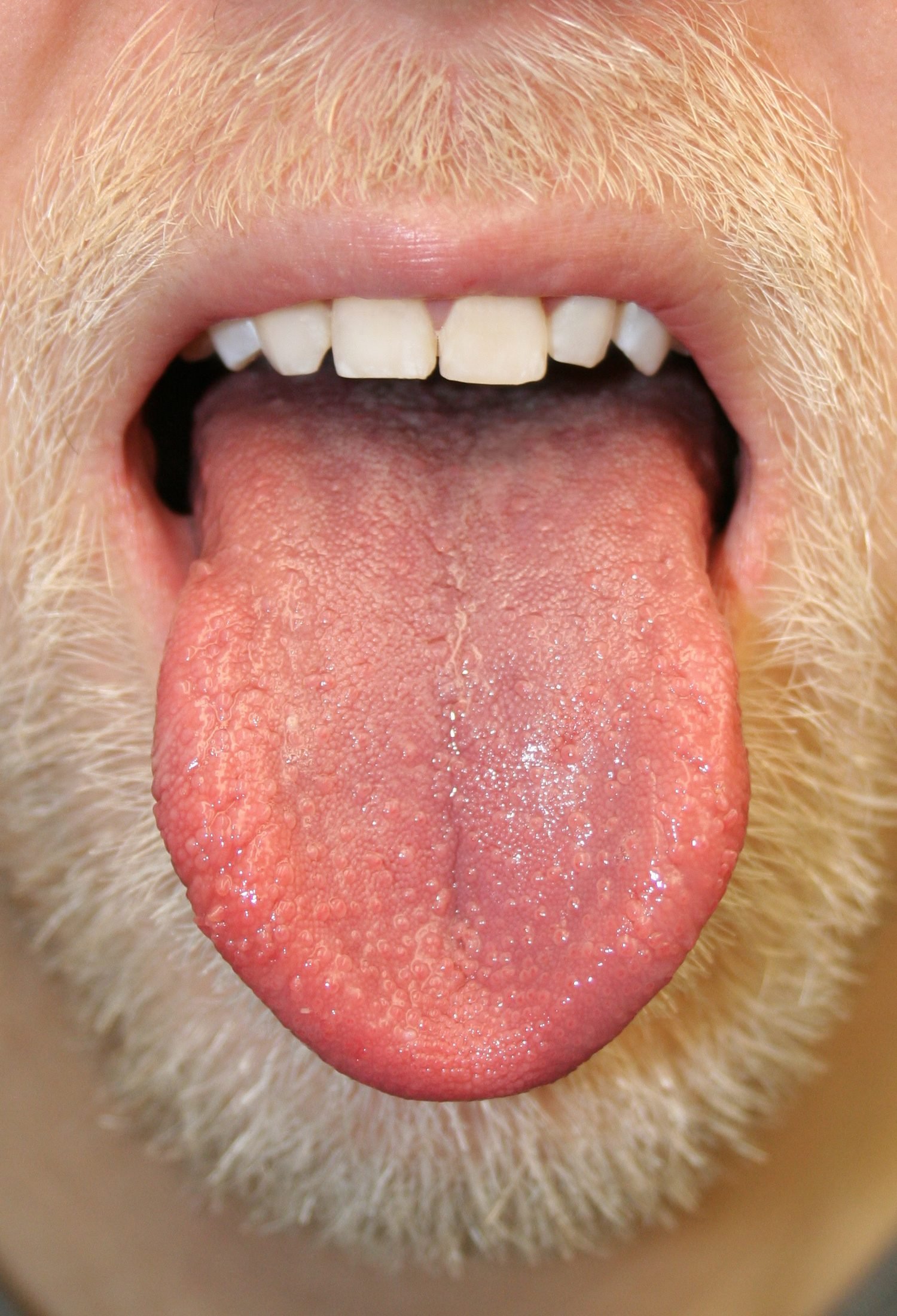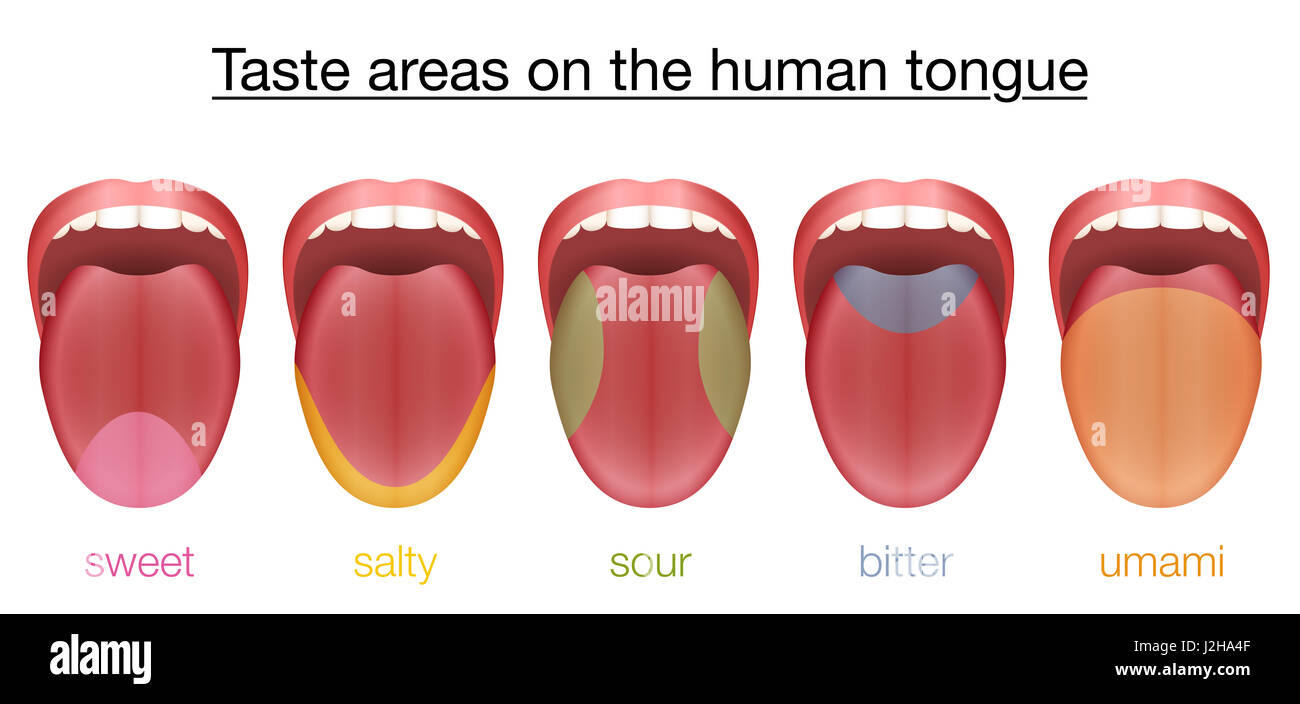What Happens When You Put Salt Under Your Tongue

The afternoon sun cast long shadows across the kitchen counter as Maria, a seasoned marathon runner, carefully measured a tiny pinch of sea salt onto her palm. With a thoughtful pause, she placed it under her tongue, closed her eyes, and took a deep breath. A subtle shift seemed to ripple through her, a quiet sense of focus settling in as she prepared for her evening run. This wasn't just a quirky habit; it was a deliberate act, rooted in both tradition and emerging scientific understanding.
For centuries, cultures across the globe have recognized the potential benefits of salt beyond its culinary uses. While the idea of putting salt under your tongue might seem unconventional, particularly in a world saturated with sports drinks and electrolyte supplements, it's experiencing a resurgence in popularity, driven by anecdotal evidence and preliminary research suggesting it can impact hydration, athletic performance, and even certain health conditions.
A Salty History: More Than Just Flavor
Salt, or sodium chloride, has been a vital part of the human diet since the dawn of civilization. Ancient Romans even used salt as currency, highlighting its immense value. Beyond its flavoring properties, salt plays a crucial role in numerous bodily functions, including nerve impulse transmission, muscle contraction, and fluid balance.
Before the advent of modern sports drinks, athletes and laborers often relied on salted water or food to replenish electrolytes lost through sweat. This practice intuitively addressed the body's need for sodium to maintain hydration and prevent muscle cramps. The current trend of sublingual salt intake can be seen as a modern adaptation of these time-honored traditions.
The Science of Sublingual Absorption
The key to understanding the potential benefits lies in the sublingual method itself. The area under the tongue is rich in blood vessels, allowing for rapid absorption of substances directly into the bloodstream, bypassing the digestive system. This faster absorption rate is why some medications are administered sublingually.
When salt is placed under the tongue, the sodium ions are quickly absorbed, potentially leading to a more immediate effect on hydration and electrolyte balance compared to consuming salt through food or drink. This can be particularly advantageous in situations where rapid rehydration is crucial, such as during intense physical activity or in cases of dehydration. However, it's crucial to note that this rapid absorption also means that the effects are shorter-lived compared to slower absorption through the digestive system.
Hydration and Athletic Performance: A Salty Boost?
One of the primary reasons people put salt under their tongue is to improve hydration, particularly during exercise. Sodium helps the body retain water, preventing dehydration and maintaining blood volume. This can lead to improved athletic performance, reduced muscle cramps, and enhanced overall well-being during strenuous activity.
Many athletes, especially those participating in endurance sports like running or cycling, swear by this practice. They report feeling more energized, less fatigued, and better able to maintain their performance levels throughout prolonged events. Maria, for example, found that a small pinch of salt under her tongue before a long run helped her avoid the dreaded "hitting the wall" feeling.
While anecdotal evidence is compelling, scientific research on the specific effects of sublingual salt intake on athletic performance is still limited. However, studies have consistently shown the importance of sodium for hydration and electrolyte balance during exercise. More research is needed to determine the optimal dosage, timing, and efficacy of sublingual salt compared to other hydration strategies.
Beyond Athletics: Potential Health Benefits
The potential benefits of sublingual salt extend beyond the realm of sports. Some individuals report using it to manage conditions like low blood pressure (hypotension) or postural orthostatic tachycardia syndrome (POTS), a condition characterized by an abnormal increase in heart rate upon standing. In these cases, the rapid absorption of sodium can help increase blood volume and alleviate symptoms such as dizziness and lightheadedness.
However, it's crucial to emphasize that using salt to manage medical conditions should only be done under the guidance of a healthcare professional. Self-treating with salt can be dangerous, especially for individuals with pre-existing conditions such as hypertension, heart disease, or kidney problems. Excessive sodium intake can exacerbate these conditions and lead to serious health complications. Before starting any new health regimen, especially one involving electrolyte manipulation, it's imperative to consult with a doctor or registered dietitian.
The Risks and Considerations: A Balanced Approach
While sublingual salt intake can offer potential benefits, it's essential to be aware of the risks and considerations involved. Excessive sodium intake can lead to a variety of health problems, including high blood pressure, fluid retention, and increased risk of cardiovascular disease. The American Heart Association recommends limiting sodium intake to no more than 2,300 milligrams per day for most adults, and ideally no more than 1,500 milligrams per day for those with high blood pressure.
Furthermore, the rapid absorption of sodium via the sublingual route can potentially overwhelm the body's regulatory mechanisms, leading to electrolyte imbalances. This is particularly true for individuals who are not accustomed to high sodium intake or who have impaired kidney function. It's crucial to start with a very small amount of salt and gradually increase the dosage as tolerated, while closely monitoring for any adverse effects. Individuals with certain medical conditions, such as kidney disease or heart failure, should avoid this practice altogether without medical supervision.
Individuals with high blood pressure should be especially cautious. While some people with hypotension might benefit, monitoring your blood pressure regularly is crucial.
Finding the Right Balance: A Personal Experiment (with Caution)
Ultimately, whether or not to put salt under your tongue is a personal decision that should be made in consultation with a healthcare professional. If you're considering trying it, start with a very small amount – no more than a pinch or two – and monitor your body's response carefully. Pay attention to how you feel, both physically and mentally, and adjust the dosage accordingly.
Consider the type of salt you're using. Unrefined sea salt or Himalayan pink salt contain trace minerals that may offer additional benefits compared to processed table salt. However, the mineral content is generally low and unlikely to have a significant impact on overall health. Remember that consistency is key; experiment over time to find what works best for your individual needs and circumstances.
A Salty Conclusion: Listen to Your Body
The practice of putting salt under your tongue is a fascinating example of how ancient traditions and modern science can converge. While anecdotal evidence suggests potential benefits for hydration, athletic performance, and certain health conditions, it's crucial to approach this practice with caution and awareness. Before embracing this salty ritual, it's essential to consult with a healthcare professional to ensure it's safe and appropriate for your individual needs.
As Maria laced up her running shoes, she acknowledged that the tiny pinch of salt was just one piece of the puzzle. Proper hydration, a balanced diet, and consistent training were equally important. The salt, for her, was a subtle enhancer, a way to fine-tune her performance and connect with the wisdom of generations past. Ultimately, listening to your body and seeking expert guidance is the most important ingredient in any health journey.


















